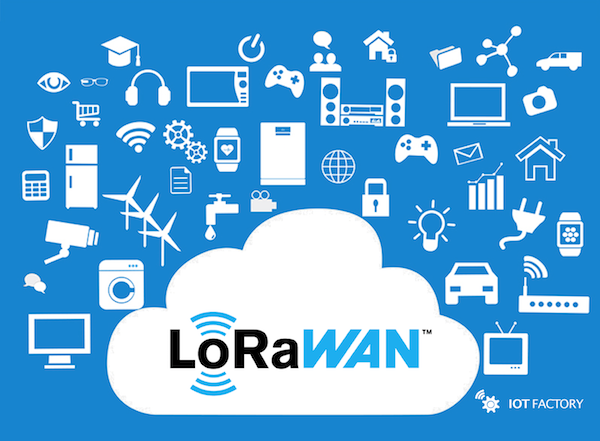Requirements:
Lorawan is exceptional in the Low Power Wide Area Network (LPWAN) remote correspondence innovation space. It has multiple deployments and business models to resolve the myriad requirements of IoT use instances and applications globally. Deployment options consist of Public, Private, and sites that can be hybrid. Private Lorawan sites mean that the customer can deploy their own Lora gateways and provide their backhaul that is own deploy sensors in a range of those Lora gateways. It will be on the other hand Public Networks where customers pay a network operator to connect their sensor without the necessity to deploy Lora gateways with backhaul. Hybrid networks enable you to move between public and networks being private.
Lorawan Public Networks certainly is a fantastic solution. Numerous LPWAN IoT use instances have served the global IoT market for years and will continue to do so for many others. Customers do not need to purchase Lora gateways or provide backhaul to use general public networks but require the presence of a network that is public in the areas where they desire to operate.
A Lora is a typical system of four parts: devices, Lora gateways, a network solution, and a software:
On the side, hardware needs devices and Lora gateways. Lora gateways scan capture and spectrum Lora packets. There was no Lora gateway pinning here; all Lora gateways within range of the device shall get the signal. The Lora gateways then forward their data to a network solution that handles the packet.
The network service de-duplicates data when multiple Lora gateways receive the same packet, decrypts the message (all things are end-to-end encrypted), handles Lora features like adaptive information rating, etc. It then advances the decoded information to your application. That provides us with five requirements. We need hardware: Lora gateways and devices; computer software: device firmware, system service, and an app. This guide will show you which hardware you can buy and use; we’ll provide online services that may make it easy to write unit firmware and handle your Lora traffic.
Getting a Lora gateway
There’s quite some choice in the Lora gateways we could utilize, but I’ve had an experience that is good with these three:
- Kerlink IoT place. Expensive (around 1,200 euros) but excellent build range and quality.
- Multitech Conduit. It’s about half the price tag on the Kerlink (around 550 euros) and pretty perfect for small setups (put a larger antenna on it, though).
- You are building your own with a Raspberry Pi and an IMST iC880A concentrator. It is the most cost-efficient option at around 300 euros.
Self-built Lora Lora gateway according to Raspberry Pi 2 and IMST iC880A. One Lora gateway will be sufficient for development purposes, but you’ll want at least two in a production deployment, as there will always be dark spots in your network. The total price is about 300 euros.
Getting a tool:
We’ll also need to build products. You ought to) there are two options if you want to make use of ARM MBed:
- Obtain the Multitech mDot and the EVK board.
- Have the SX1276MB1xAS shield and a microcontroller that runs MB ed (in this article, I’m using the nrf51-DK, although most microcontrollers will work).
We have basic firmware available for these options, which we’ll arrive at later in this document.
Network server:
Now about the pc software side. We’ll require a server that knows the Lora protocol and certainly will interpret the data being sent from the device. It’s possible to move your own (Semtech will give you their reference implementation if you signal an NDA). Still, there are also companies building Lora Network Servers being a service, handling everything for you. Today we’ll be utilizing this kind of service through a Switzerland-based startup.LORIOT permits you to guide into their administration more than a TCP WebSocket or attachment and forward your information to the cloud administration (or directly to your application). LORIOT is free for as much as one Lora gateway or more to ten end devices, which is good sufficient for evaluation purposes. The free plan has limitations: it does not include bi-directional data (giving messages straight back from the cloud to a tool) and over-the-air activation. But upgrading is relatively low priced (starting at 57 euros per month). You’ll need a place to store your communications, and a community host processes your data – it doesn’t keep it.
Setting up the Lora gateway:
We now need to configure our Lora gateway by installing software to scan the spectrum and forward all LoRa packets to LORIOT. To do this, we’ll need to log into the Lora gateway. Here are setup instructions for the three Lora gateways mentioned earlier.
Conclusion:
There is a lot of buzz around Lora, a system that is a vast area that promises kilometers of range with low power usage, a fantastic complement to the Internet of Things. Many telecom operators are currently rolling out networks, but they don’t need to wait for them because Lora operates within the open spectrum. In this informative article, we’ll go over all the pieces required to build a Lora that is a private network and how to use the community to send data from an ARM Mb ed end-node to the cloud.

